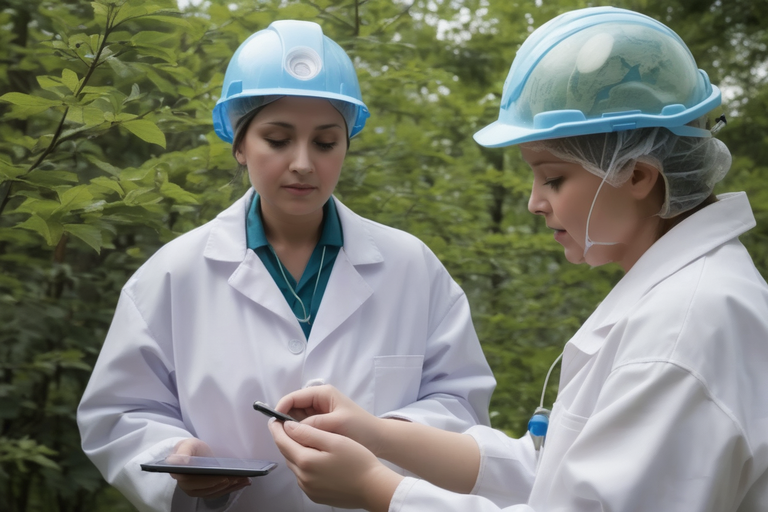Health
- New study finds a link between air pollution and cognitive decline in older adults. A study published in the journal Environmental Health Perspectives found that long-term exposure to air pollution is associated with cognitive decline in older adults. The study found that even low levels of air pollution can have a negative impact on cognitive function.
- Researchers develop new vaccine that protects against multiple strains of malaria. Researchers at the University of Oxford have developed a new malaria vaccine that is effective against multiple strains of the parasite. The vaccine is still in the early stages of development, but it has shown promising results in animal studies.
- New drug shows promise in treating Alzheimer’s disease. A new drug called lecanemab has been shown to slow the progression of Alzheimer’s disease in clinical trials. The drug is still under review by the FDA, but it could become the first drug approved to treat Alzheimer’s disease in over two decades.
Environment
- UN report warns that the world is on track for catastrophic warming. A new report from the United Nations Intergovernmental Panel on Climate Change (IPCC) warns that the world is on track for catastrophic warming if greenhouse gas emissions are not reduced significantly. The report calls for immediate action to reduce emissions and avoid the worst impacts of climate change.
- New study finds that plastic pollution is harming marine life in unexpected ways. A new study published in the journal Nature Communications found that plastic pollution is harming marine life in unexpected ways. The study found that plastic microparticles can enter the bloodstream of marine animals and accumulate in their organs.
- New report finds that deforestation is accelerating in the Amazon rainforest. A new report from the Amazon Conservation Association (ACA) found that deforestation in the Amazon rainforest is accelerating. The report found that over 3,900 square miles of rainforest were cleared in 2022, the highest rate of deforestation in over a decade.
Here are some of the latest health and environmental innovations
Health
- AI-powered diagnostics: Artificial intelligence (AI) is being used to develop new diagnostic tools that can detect diseases earlier and more accurately than traditional methods. For example, AI-powered algorithms are being used to analyze medical images to detect cancer and other diseases.
- Personalized medicine: Advances in genetics and genomics are enabling the development of personalized medicine approaches, which tailor treatments to the individual patient’s genetic makeup and other factors. This can lead to more effective and less toxic treatments.
- Wearable devices: Wearable devices such as fitness trackers and smartwatches are being used to track health data and monitor for signs of disease. This information can help people make healthier choices and identify potential health problems early on.
Environment
- Renewable energy: Renewable energy sources such as solar and wind power are becoming increasingly affordable and efficient. This is making it possible to transition to a clean energy economy that reduces our reliance on fossil fuels and greenhouse gas emissions.
- Electric vehicles: Electric vehicles are becoming increasingly popular and affordable, which is helping to reduce transportation emissions. Electric vehicles also have lower operating and maintenance costs than gasoline-powered vehicles.
- Sustainable agriculture: New agricultural practices such as precision agriculture and cover cropping are helping to reduce the environmental impact of agriculture. These practices can help to reduce soil erosion,water pollution, and greenhouse gas emissions.
These are just a few examples of the latest health and environmental innovations. Researchers and entrepreneurs are constantly developing new technologies and approaches to improve our health and protect the environment.
Here are some other specific examples of recent health and environmental innovations
- A new type of contact lens that can deliver medication to the eye to treat glaucoma.
- A new type of insulin patch that is applied to the skin and eliminates the need for injections.
- A new type of solar cell that is more efficient and less expensive than traditional solar cells.
- A new type of battery that can store more energy and is less toxic than traditional batteries.
- A new type of bioplastic that is made from renewable resources and is biodegradable.
These are just a few examples of the many innovative solutions that are being developed to address the challenges we face in health and the environment.





